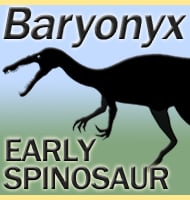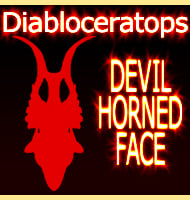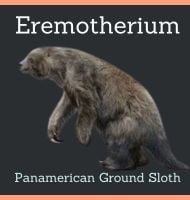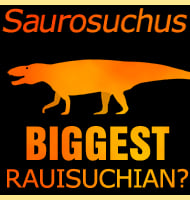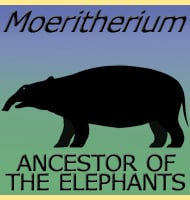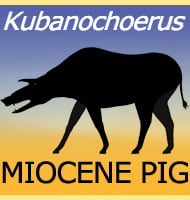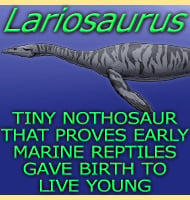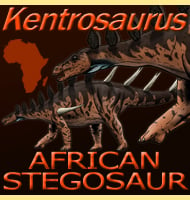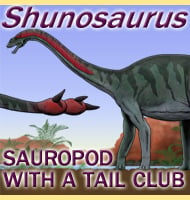In Depth
In 2005 a fragment of pterosaur jaw bone was acquired by Andr� Jacques Veldmeijer, and then later described as a species of Thalassodromeus, T. oberlii in Veldmeijers’ 2006 dissertation. However, the species was never actually official. Then in 2014 the fragment was described by Headden and Campos not as a species of Thalassodromeus, but as an entirely new genus which was named as Banguela.
Banguela is Brazilian Portuguese for ‘toothless one’, and is a reference for the simple observation that the jaw fragment found for this pterosaur has no tooth sockets. When described by Veldmeijer in 2005, a similarity to dsungaripterid pterosaurs was noted, but a direct link was not established to the parcity of fossil material. In the 2014 description however, Headden and Campos were more confident in their establishment of Banguela as a dsungaripterid pterosaur.
Dsungaripterid pterosaurs (i.e. Dsungaripterus, Noripterus) seem to have been specialists focusing upon foraging for small animals such as molluscs and crustaceans, possibly buried in soft sediments. To this end, dsungaripterid pterosaurs would use their specialised beaks to dig out small animals. Also, until the 2014 naming of Banguela, all dsungaripterids were known to have had blunt teeth in their mouths that were presumably for breaking up the shells of molluscs and crustaceans so that the soft inner bodies could be swallowed. The fact that Banguela seems not to have had any teeth at all may indicate that Banguela was even more specialised than its immediate relatives, perhaps focusing upon soft bodied prey animals only.
Size estimates for Banguela are highly speculative given that the holotype (and at the time of writing only) fossil of this genus is a partial jaw bone. Still, scaling comparisons to other dsungaripterids suggest that Banguela would have been a mid-sized pterosaur with a wingspan of approximately four meters. However only further remains, ideally including the wing and body could give a more accurate figure.
Further Reading
- An unusual edentulous pterosaur from the Early Cretaceous Romualdo Formation of Brazil. - Historical Biology. - Jaime A. Headden & Hebert Bruno Nascimento Campos - 2014.

